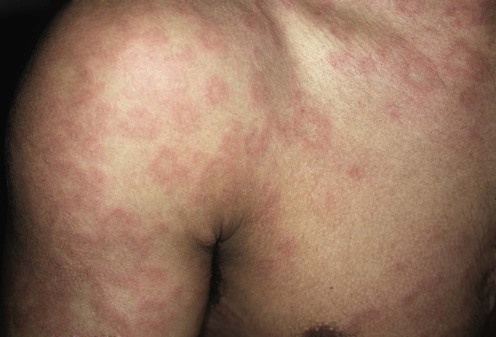Urticaria and angioedema

Specific investigations
First-line therapies
There are many double-blind studies of non-sedating antihistamines showing efficacy, but few high-quality comparative studies.
Second-line therapies

There are many double-blind studies of non-sedating antihistamines showing efficacy, but few high-quality comparative studies.
